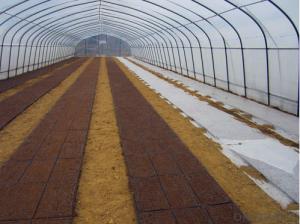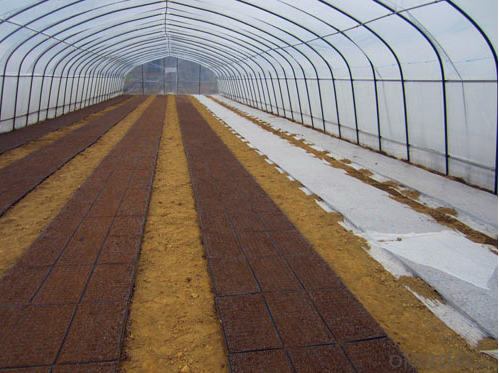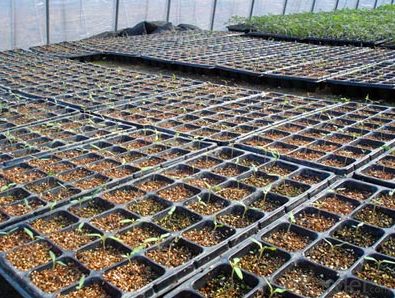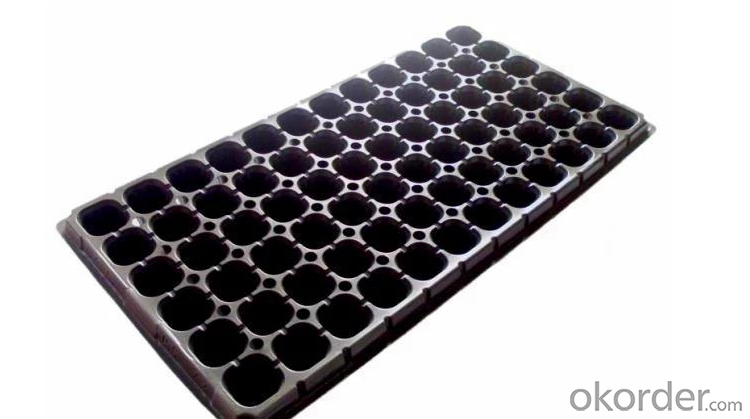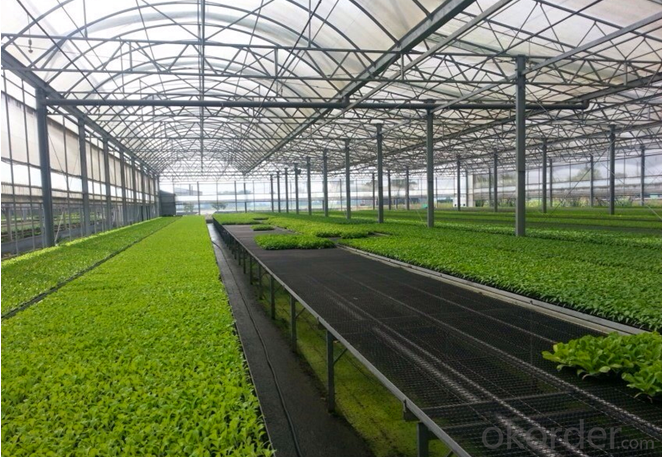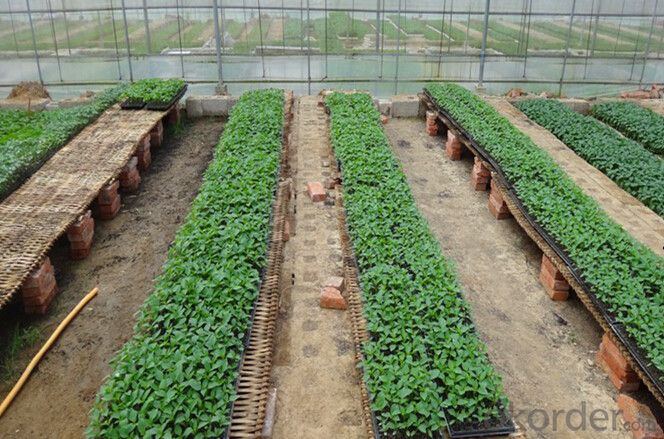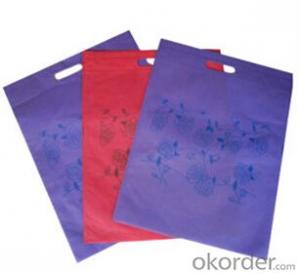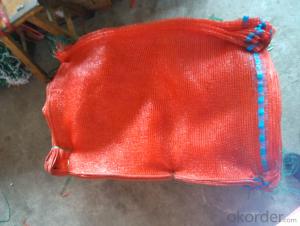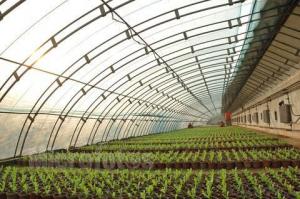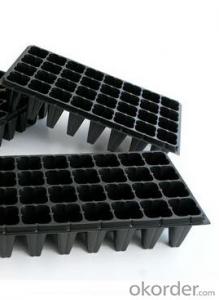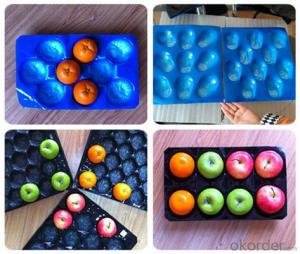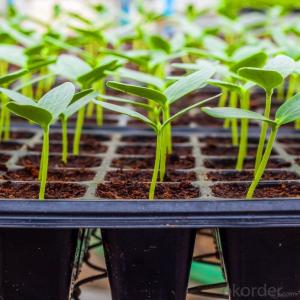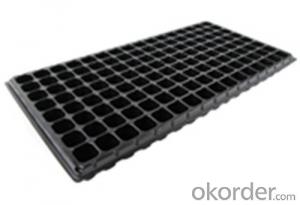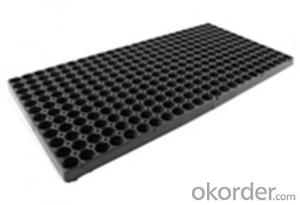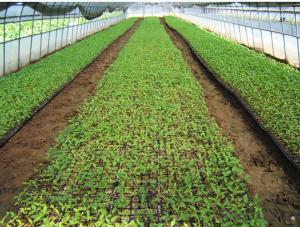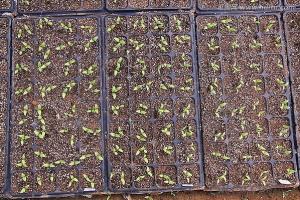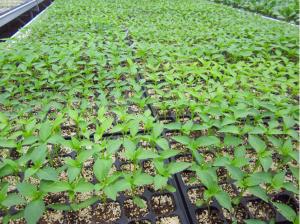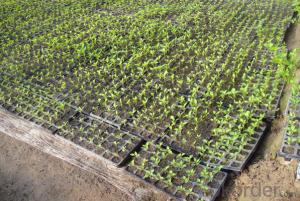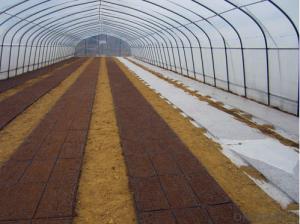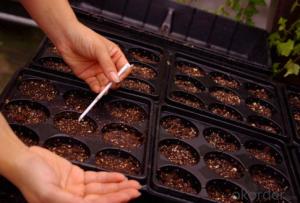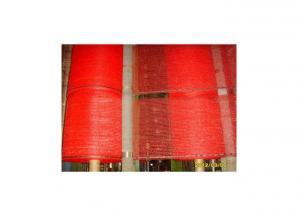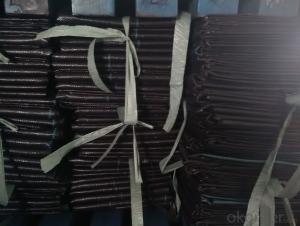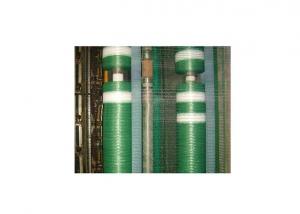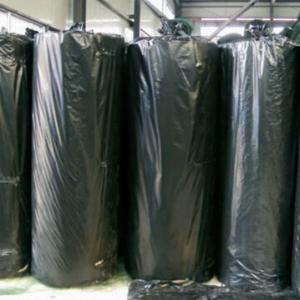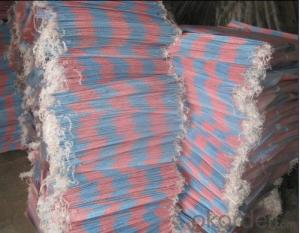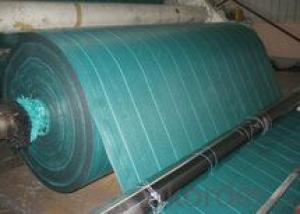Plastic Seed Plug Tray with 32/50/72/98/104/105/128/200/242/288 Cell
- Loading Port:
- China main port
- Payment Terms:
- TT OR LC
- Min Order Qty:
- 3000 pc
- Supply Capability:
- 2000000 pc/month
OKorder Service Pledge
OKorder Financial Service
You Might Also Like
Specification of Plug Trays HIPS Made Plastic Plug Tray for Greenhouse (Growing and Seedling):
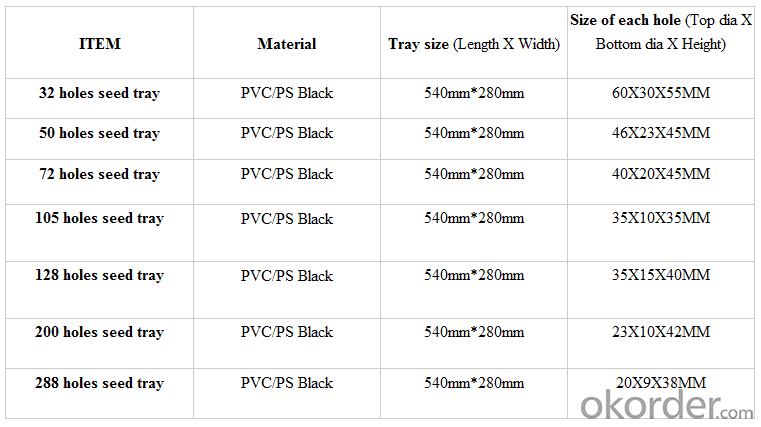
Features of Plug Trays HIPS Made Plastic Plug Tray for Greenhouse (Growing and Seedling):
· Material: HIPS
· Thickness: 0.5mm-1.5mm, Standard:1mm
· Weight: 80g(±5)g-230g(±5)g, Standard weight:155g(±5)g
· Size: length:490mm-540mm, width:190mm-345mm,depth:25mm-150mm
· Standard:540mmX280mm
· Cell count: 18-512
· Package: In Carton
· Warrenty: 8-10 times
Packaging & Delivery
Packing Detail: export standard carton or large bags
Delivery time: 4 million per momth after receipt of deposit
Advantage:
Waterproof, UV-resistant, extrusion-resistant
Easy carry for young seeding plant and grow
Service:
1. Quick, efficient and professional response within 24 hours, 14 hours online services
2. 10 years manufacturing and exporting experience in agriculture field.
3. Technical support and solution by chief engineer.
4. Strict quality control system & team, high reputation in the market.
5. Full range of irrigation products for choice
6. OEM/ODM services
7. Accept sample order before Mass Order
Picture of Plug Trays HIPS Made Plastic Plug Tray for Greenhouse (Growing and Seedling):
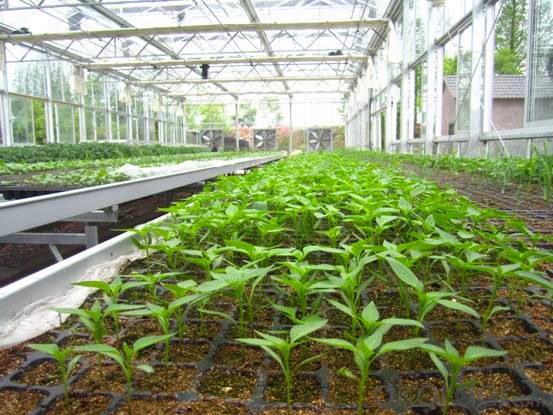
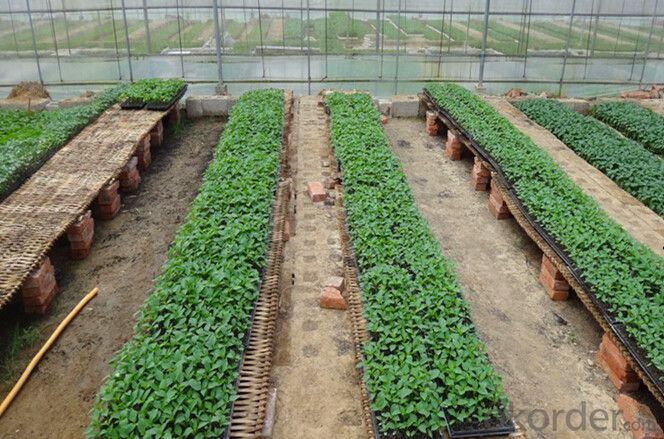
FAQ of Plug Trays HIPS Made Plastic Plug Tray for Greenhouse (Growing and Seedling):
Q: 1.How long is the production time?
A: Usually one to two weeks.
Q: 2.How is the seed tray being packaged?
A: They can be packaged in carton or pallets. Carton size is 1375px*725px*1250px.
Q:3.How many times can the seed tray be used?
A: Under the same environment, it is decided by the thickness. Usually 0.6mm thickness can be used for 1 or 2 times.
1.0 thickness can be used for 3-4 times. 1.5 thickness can be used for 8-10 times.
- Q: i am making vampire fangs so I need a plastic that i can mold, any ideas?
- plastic bags trust me lol
- Q: I need to know because i use plastic silverware sometimes and since plastic bottles leech wouldn't the silverware.
- First okorder / to see what they have to say about that kind of plastic! Interesting stuff.
- Q: How does ground cover affect the biodiversity of a garden?
- Ground cover can significantly impact the biodiversity of a garden. By providing a protective layer for the soil, ground cover helps retain moisture and prevents erosion, creating a favorable microclimate for various organisms. Different types of ground cover also offer diverse habitats, attracting a wide range of beneficial insects, birds, and small mammals. Additionally, ground cover can suppress the growth of invasive weeds, allowing native plants to thrive, which in turn supports a more diverse ecosystem. Overall, a well-chosen ground cover promotes biodiversity by enhancing soil health, creating habitat diversity, and encouraging the presence of beneficial organisms in the garden.
- Q: What types of plastic containers are used for storing agricultural produce?
- The types of plastic containers commonly used for storing agricultural produce include crates, bins, baskets, and boxes. These containers are designed to protect the produce from damage during transportation and storage while also providing good ventilation to maintain freshness.
- Q: Which are the cheap best substitutes of plastic bags?
- Plastic bags are the best thing both for the enviornment and for cost. Paper is the absolute worst thing for landfills: studies have shown that after 20 years paper is still clogging landfills! And paper that is burned adds huge amounts of CO2 into the atmosphere. Reusable cloth bags sound like a great idea but unless you are a granny carrying one bag home, they are stupid: I carry 25-30 bags home from the grocery, should I buy 20 cloth bags, cloth bags made of oil-dependent, fert-rich cotton, bleached with acids, dyed with chem dyes? Or should I buy 20 bags made from oil-based synthetic fabrics, putting me in a worse place than using the cheap plastic bags? Bags that are eventually wear and wind up in landfils anyway? Plastic bags are light, cheap, and biodegradable. And in a well engineered landfill plastic bags actually generate useable energy by decomposing quickly into recoverable methane. Some landfills (eg, Rochester, Mn) actually are able to put useable power back into the electrical grid from the methane they reclaim. The plastic is also recycleable, where plastic recycling is available. It is enviornmentally irresponsible to use anything but the plastic bags.
- Q: It is bad to microwave food in plastic because then you'd be melting and eating plastic.What about the frozen food plastic?
- Microwaved food is bad for you for a number of reasons- Any processed food is immediately going to be bad for you due to its many preservatives. Whether they are anti-fungal agents, designed to increase a products life length or just a whole lot of salt, these chemicals can cause damage to your insides. There are also numerous theories involving the microwave as to its effects on foods health. There are claims that microwaving food can decrease vitamin and mineral effects, but I am skeptical. Truthfully, though there is a lot of stress over this sort of thing, anything is fine as long as you eat it in small amounts. Moderation is the key.
- Q: Do ground cover plants require pruning?
- Yes, ground cover plants generally require pruning to maintain their growth and appearance. Pruning helps to control their size, shape, and density, promotes new growth, and prevents them from becoming invasive or overcrowded.
- Q: how can i do precepitate silver in plastic
- There's more than one way, but one common method is to use the Brashear process (this is the same process used for silvering glass mirrors, and it is non-electric). A step-by-step set of instructions for the method is found at the first link below. For plastics, it may be necessary to sensitize the surface before trying to deposit the silver. There are a number of ways to do this, and one is discussed at the second link below. See if your library has books on metal finishing. These contain detailed instructions for these processes and much more.
- Q: How do you choose ground cover for a modern minimalist garden?
- When choosing ground cover for a modern minimalist garden, it is important to prioritize simplicity and clean lines. Opt for low-maintenance plants that have a sleek and uniform appearance. Consider using evergreen grasses, gravel, or sleek ground covers like moss or creeping thyme. Remember to choose materials that are consistent with the overall minimalist aesthetic of your garden, keeping it sleek, functional, and visually pleasing.
- Q: Can agricultural plastic products be used for rainwater harvesting?
- Yes, agricultural plastic products can indeed be used for rainwater harvesting. These products, such as plastic sheets, mulch films, and tanks, can be employed to collect and store rainwater efficiently. Plastic sheets can be used to cover and protect rainwater storage tanks, preventing evaporation and contamination. Mulch films can be placed on the ground to retain moisture and direct rainwater towards storage tanks or irrigation systems. Additionally, plastic tanks can be used as rainwater storage containers. Overall, agricultural plastic products provide practical solutions for rainwater harvesting in farming and gardening practices.
Send your message to us
Plastic Seed Plug Tray with 32/50/72/98/104/105/128/200/242/288 Cell
- Loading Port:
- China main port
- Payment Terms:
- TT OR LC
- Min Order Qty:
- 3000 pc
- Supply Capability:
- 2000000 pc/month
OKorder Service Pledge
OKorder Financial Service
Similar products
Hot products
Hot Searches
Related keywords
